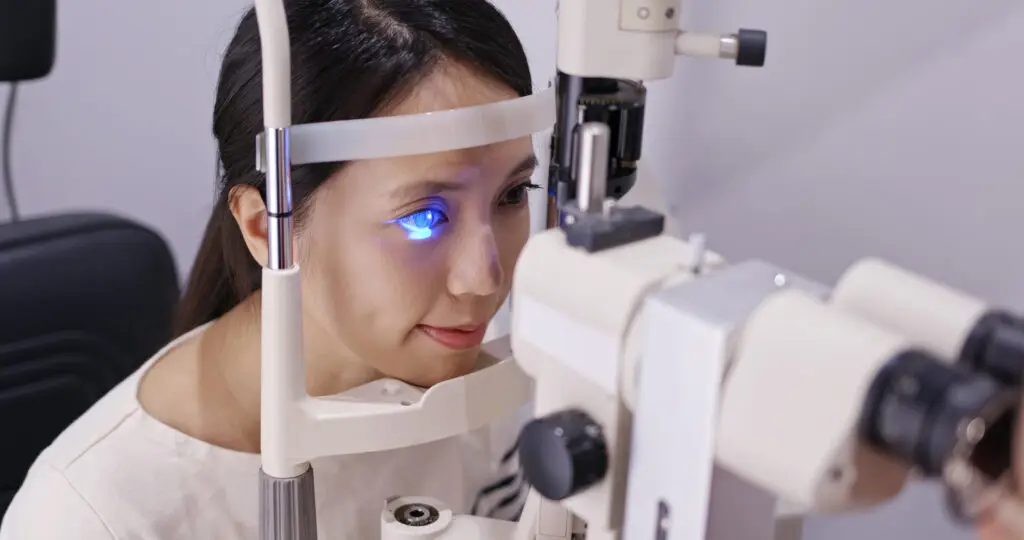Glaucoma often goes unnoticed until significant vision loss occurs. This group of eye diseases permanently damages the optic nerve, making early detection key. While this condition cannot be reversed, understanding its progression helps you and your eye care professional take steps to protect your vision.
What is Glaucoma?
A group of eye conditions that can damage the optic nerve, glaucoma affects how visual information is transmitted from the eye to the brain. It is often caused by increased fluid pressure in the eye. Without treatment, it may result in permanent vision loss. As one of the leading causes of blindness globally, early detection and treatment are key.
There are two main types of glaucoma: primary open-angle glaucoma and angle-closure glaucoma. Primary open-angle glaucoma develops slowly and often shows no symptoms in its early stages. On the other hand, angle-closure glaucoma can appear suddenly and requires immediate medical attention to prevent severe damage. As glaucoma progresses, it damages the optic nerve’s over one million fibers, leading to blind spots in the visual field. Many people may not notice these changes until significant vision loss has already occurred.
What are Common Risk Factors?
Several factors can raise your risk of developing glaucoma over time. Age is a significant contributor, with risk increasing after the age of 40 and rising further with each subsequent decade. A family history of glaucoma, such as having a parent or sibling with the condition, also significantly elevates your risk.
Certain medical conditions are linked to a higher likelihood of glaucoma. These include diabetes, high blood pressure, heart disease, and prior eye injuries. Severe nearsightedness or long-term use of corticosteroid medications can further increase your risk.
How to Support Early Detection?
Regular comprehensive eye exams are key to protecting your vision from glaucoma. During these exams, your eye care professional measures eye pressure, examines the optic nerve, and may perform visual field tests to check for blind spots. The frequency of these exams depends on your age and risk factors. Adults without risk factors should have exams every two to four years before the age of 40, every one to three years between the ages of 40 and 54, and every one to two years after the age of 55. Individuals with risk factors may require more frequent check-ups as recommended by their doctor.
Modern diagnostic tools can detect glaucoma before you notice any symptoms. Optical coherence tomography (OCT) provides detailed images of the optic nerve, measuring nerve fiber thickness and tracking changes over time. Visual field testing maps peripheral vision to detect developing blind spots. Catching glaucoma early increases the chances of preserving your sight, as treatments can slow or prevent further vision loss, supporting long-term eye health.
Protect Your Vision
While you can’t entirely prevent glaucoma, you can take steps to protect your eye health and catch issues early. Maintain a healthy lifestyle with regular exercise, a balanced diet rich in leafy greens and fish, and avoid smoking. Stick to your eye exam schedule, especially if you have risk factors, and seek immediate care for symptoms like sudden eye pain, blurred vision, or seeing halos around lights. Work with your eye care team to create a monitoring plan tailored to your needs.







